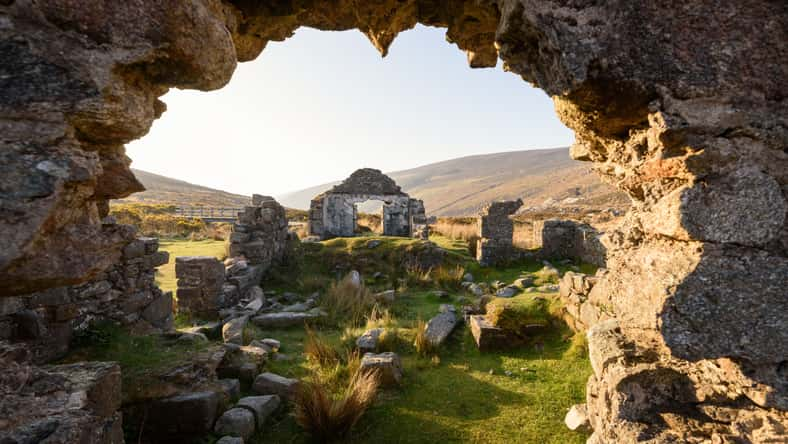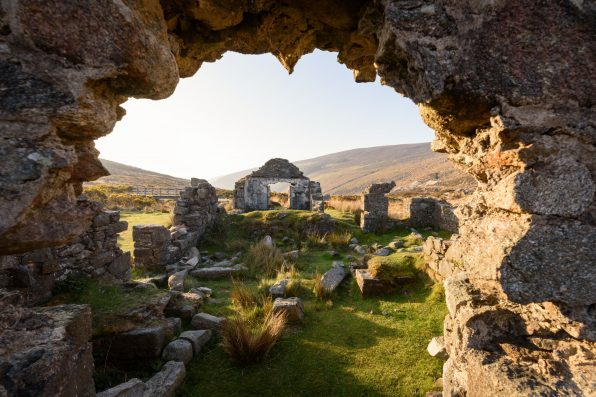Archaeologists In Ireland Discovered Five Rare Prehistoric Structures That May Have Once Served As Ceremonial Pathways For The Dead To Take Into The Afterlife

An archaeological survey conducted in Ireland has identified traces of five rare prehistoric structures that may have served as ceremonial pathways for the dead to take into the afterlife.
Since the Neolithic period, the earthwork monuments have been nestled together in the Irish town of Baltinglass, but they’ve only recently come to light due to the use of LiDAR technology. They are considered among the largest archaeological monuments ever found in Ireland.
The discovery was spearheaded by archaeologist James O’Driscoll from the Department of Archaeology at the University of Aberdeen in the United Kingdom. The details of the ancient findings have been published in the journal Antiquity.
Thanks to light detection and ranging (LiDAR) laser mapping of the Baltinglass area, O’Driscoll was able to detect the largest prehistoric monuments in either Ireland or Britain. This method can sense hidden features in a landscape that may not ordinarily be visible.
The monuments are long and narrow enclosures defined by segmented banks and ditches. They are relatively well-known in Britain but are almost unheard of in Ireland.
According to O’Driscoll, there are less than 20 of these types of monuments in Ireland, and those that have been documented usually appear in pairs or as a single unit.
From the newly gathered data, the archaeologist was able to demonstrate that at least four of the five structures were associated with ritualistic practices that involved major solar events.
These events were linked to annual farming cycles, as well as death and rebirth. So, the monuments may have symbolized the dead’s journey into the afterlife, marking the physical route of their travels.
The findings are significant because they allow researchers to understand the function of the monuments and the ceremonial practices of people who lived over 5,000 years ago.

SakhanPhotography – stock.adobe.com – illustrative purposes only
Not only do the discoveries of the monuments shed light on the purpose of their existence, but they also help fill in some chronological gaps.
The presence of the structures in Baltinglass suggests that the region was a key farming community during the Neolithic period, which spanned from roughly 4000 to 2000 B.C. in Ireland.
This evidence could challenge the idea that the area was abandoned during the two millennia between the Early Neolithic and Middle to Late Bronze Age.
Sign up for Chip Chick’s newsletter and get stories like this delivered to your inbox.
More About:News





